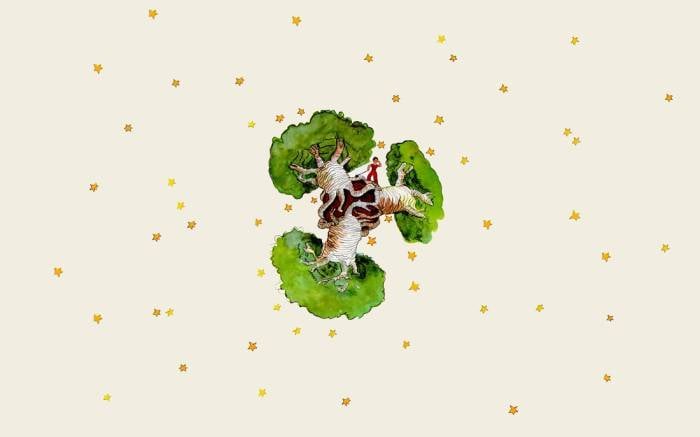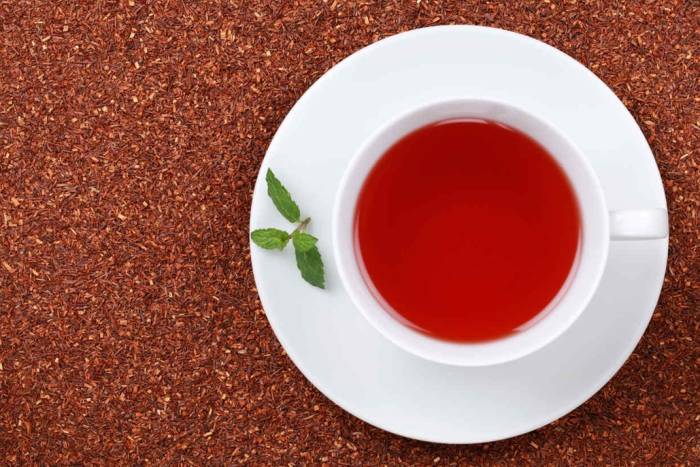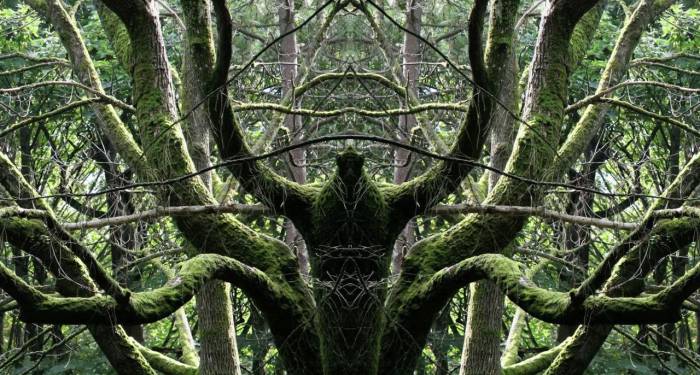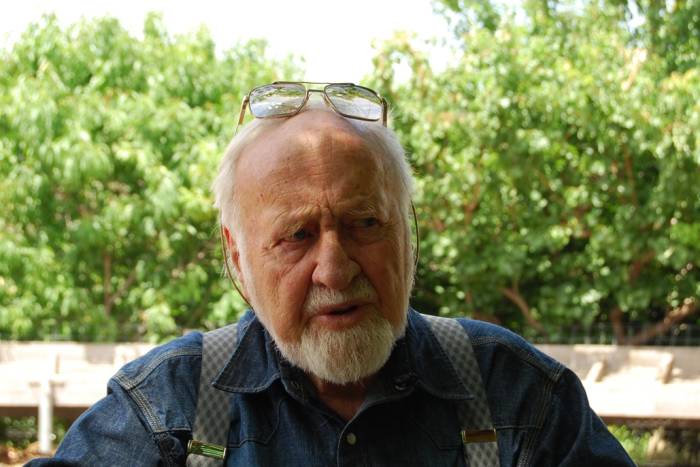Pedro Almodóvar, Photographer of Flowers
Perhaps the filmmaker’s least well-known facet, his side-project is an exercise in health and freedom.
No person is but one thing, but a network of tastes and projections. This becomes especially clear when a film director who’s made more than 20 movies and won a myriad of awards for it becomes also a still-life photographer. An exercise in exploration and diversification, it’s seen as a relief to use the full range of one’s potentialities, the many layers making up a person and the infinite ways of using time and inspiration. At least, it’s thus for Pedro Almodóvar.
The Spanish director recently opened an exhibition of photographs titled Waiting for the Light at the Marlborough Gallery in New York. Color and an evident pop taste inundate the works: portraits of vases, flasks, and bottles with almost dead flowers against backgrounds of color. Like his movies, the photographs vibrate with an unmistakable Almodovarian aesthetic, one which is here, not incarnated in scenes of melodrama nor in picturesque characters, but in simple still-life.
The exhibition title comes from a principle which seems of capital importance to the artist (in his films, in his photographs, and perhaps in life too): the wait for that moment when the light precisely illuminates what one hopes to capture. This is no surprise when we recall that Almodóvar is always involved in the art direction of his movies. In this collection of images, one can perceive his love for interiors and decoration.
The titles of many of the photographs are inspired by painters like Velázquez and the Italian Giorgio Morandi (his still-lifes are intimately played with in Almodóvar’s photos). In each, one can also find the strong influence of Maruja Mallo’s surrealist aesthetics, a favorite of Almodóvar. Her creations can also be counted among the visual references in the new film, Pain and Glory.
In an interview with Artnet, Almodóvar described himself as a “multiply frustrated artist.” His many truncated professions have found release with this foray into the world of photography. In an almost intuitive way, the half-dying flowers of his photos correspond to the characters he’s portrayed in his films. And this might remind us that, despite its many virtues, specialization always implies knowing more and more —about less. The chance to diversify at whatever profession we’re involved in, whether we’ve chosen that profession or not, can become a radical and indispensable adventure.
Imagen: T Wei – flickr
Related Articles
Why shrinking the size of life is synonymous of well-being
One of the great misunderstandings regarding modern spirituality is that to achieve it requires many things: readings, food, exercise, travel, groups and techniques. But perhaps it should be suggested
What is energy medicine yoga?
Energy Medicine Yoga (EMYoga) is slightly different from other types of Yoga, but it provides the same benefits in addition to a few very specific ones. One of them is that it gives you much more in
Red tea, the best antioxidant beverage on earth
Red tea is considered to be the most unusual of teas because it implies a consistently different preparation process. ––It is believed that its finding came upon surprisingly when traditional green
Is the internet on the verge of self-awareness?
More than 50 years ago, Marshall McLuhan described technology as an extension of our brains, constantly mutating and branching out. “These new media have made our world into a single unit,” the
How art can help us to age, healthy
Perhaps many of us already well know the formula for aging in health and wellness. A balanced diet and, as much as possible, one that’s natural. Keep our brains active and stimulated. Preserve and
Earthanima: documenting the living language of nature
The basic intuition that the Earth is alive and that nature has a language through which it communicates with us is what prompted this wood-art project named Earthanima. For the past couple of years
Dialogue with the Dalai Lama on science and spirituality
The Dalai Lama has been interested in science since he was a child. Over the years he’s visited many laboratories and has attended conferences that discuss consciousness from the scientific point of
Brian Eno's literary recommendations to rebuild society
Artists and authors often get asked what books or records they’d take with them to a deserted island. On principle, this is naturally an extreme anthology: urgency and tragedy guide its selection. It
Bill Mollison, natural ideologue and father of permaculture
Permaculture has established itself as a path towards communitarianism, but one that is in full symbiosis with nature. In practice, it is more than just a combination of agriculture, horticulture
A New Year's resolution for the earth
Worrisome quantities of waste are generated by human populations. Especially in cities, these have reached unprecedented and alarming levels. A largely uncontrolled practice, it affects everything on










